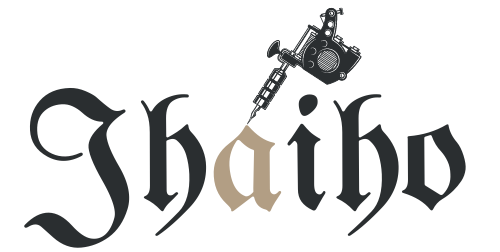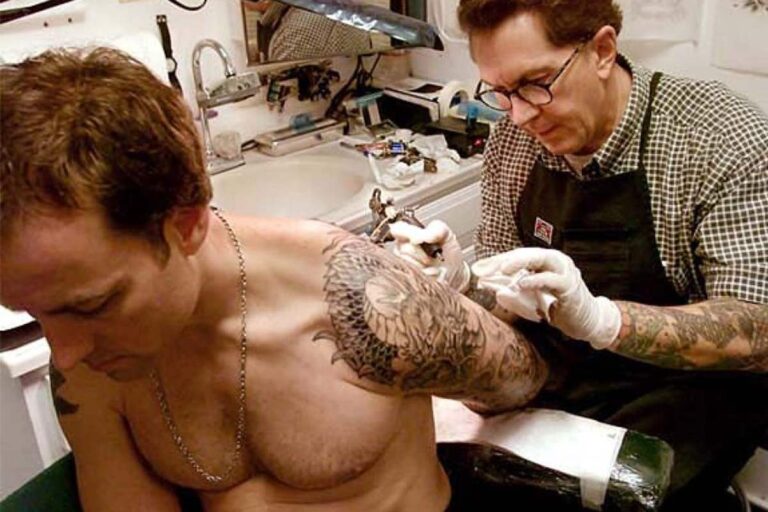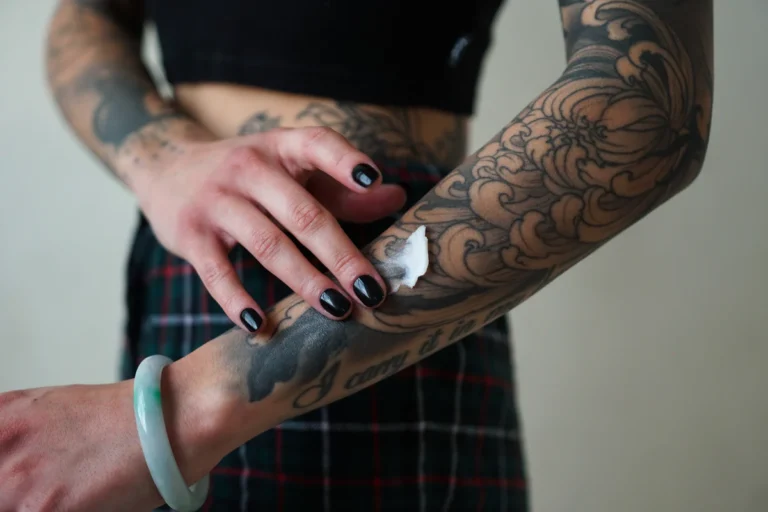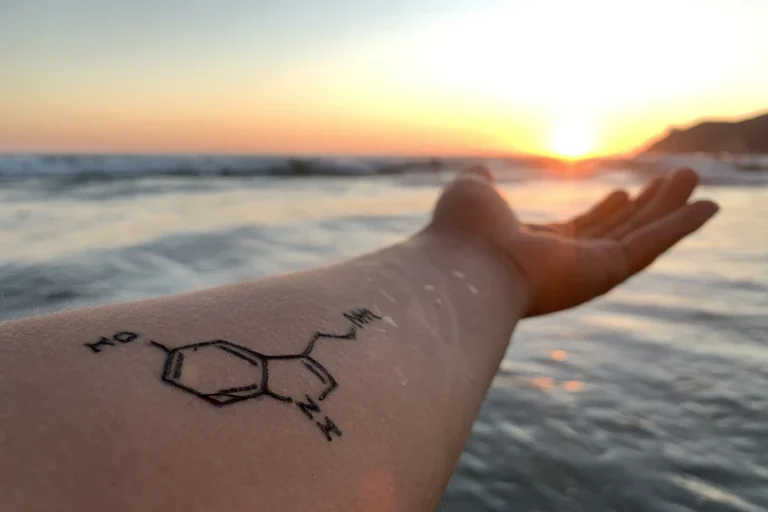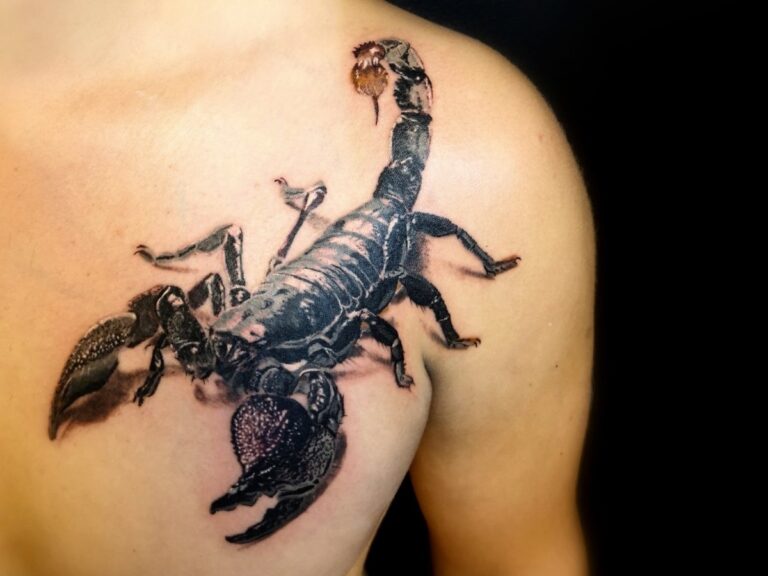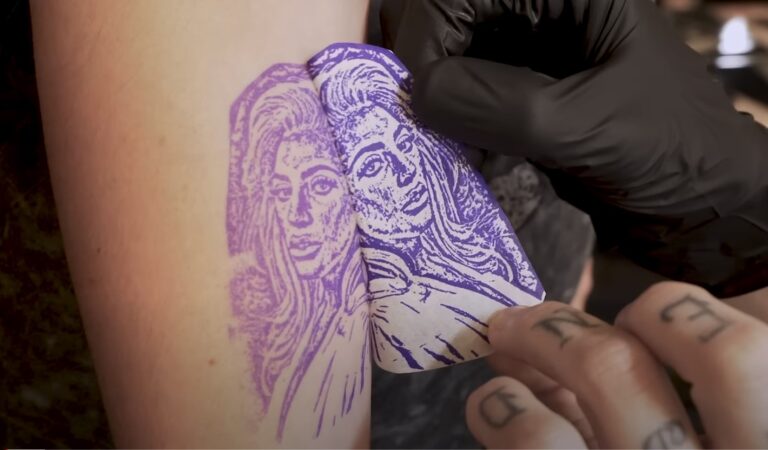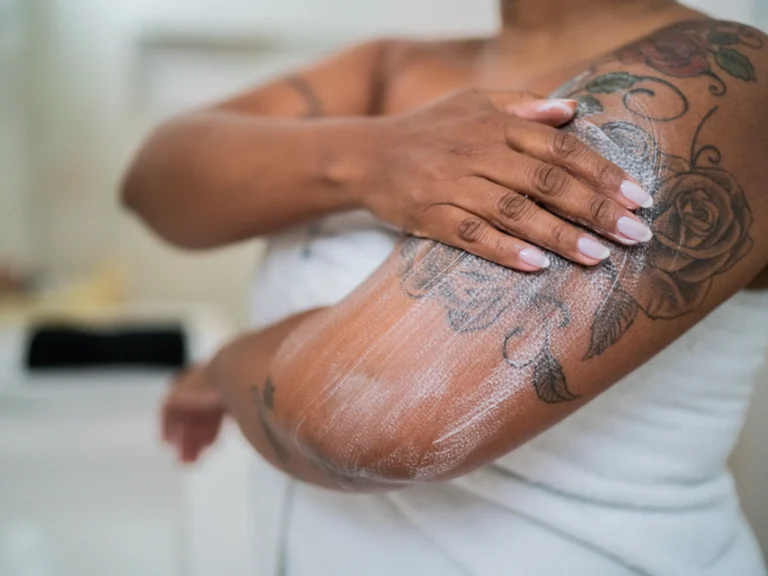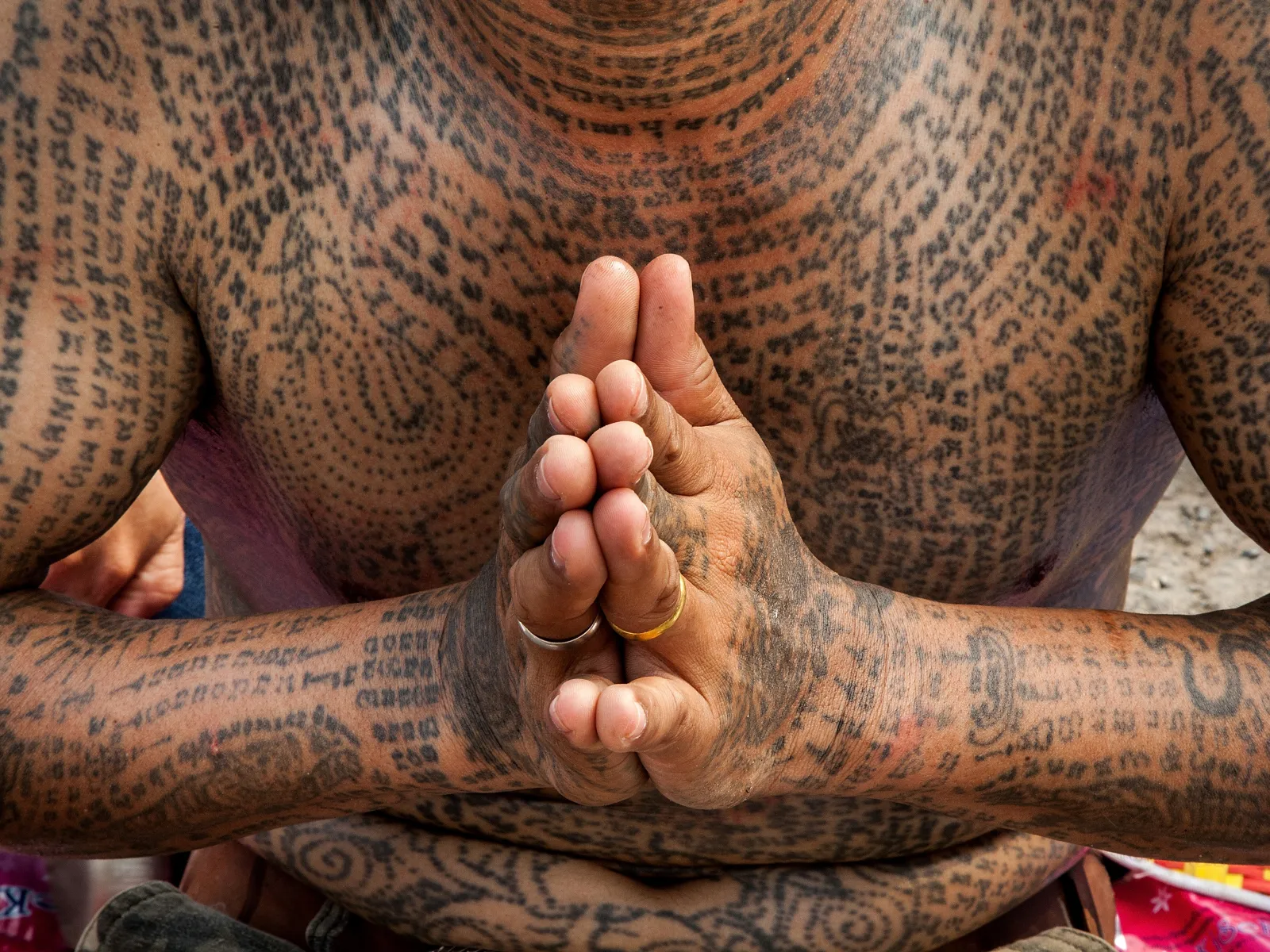Tattoos have long been a potent form of self-expression and hold profound cultural significance.
Their meanings have evolved across diverse societies and eras, mirroring a rich tapestry of tradition, identity, and symbolism.
Let us go through some of the most prevalent tattoo designs and their meanings that we encounter today.
Tattoos in Ancient Cultures
Tattoos in ancient Egypt were often linked to fertility and protection, particularly for women.
Many female mummies were found with tattoos of protective symbols like the deity Bes, believed to safeguard women during childbirth. In ancient Greece and Rome, tattoos were initially marks of punishment and servitude.
Slaves and criminals were branded with tattoos to signify their status.
Over time, this practice evolved, and tattoos began to signify the following things:
- Pride
- Loyalty
- Religious devotion
In ancient China, tattoos were generally associated with barbarism and used as punishment for criminals. Tattooing was not a widely accepted practice and was often viewed with disdain. The Maori people developed ‘Ta Moko,’ a distinctive tattooing tradition that involved intricate facial and body designs.
These tattoos were deeply personal, telling stories of the wearer’s family, social status, achievements, and ancestry. They were also considered a rite of passage.
Tribal Tattoos and Their Meanings
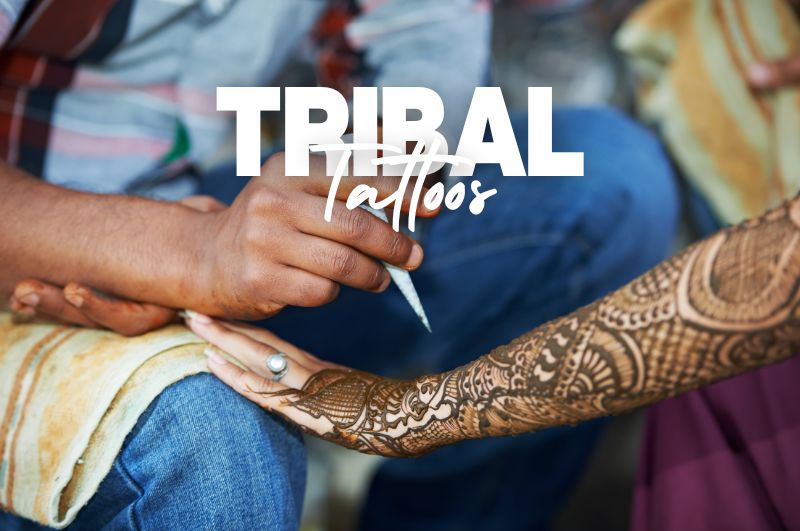
Polynesian tattoos, or ‘Tatau,’ are rich with symbolism, often representing life stories, social status, and achievements. For instance, the turtle is a common symbol representing peace and longevity, reflecting the Polynesians’ deep connection to nature and their environment.
In many African cultures, tattoos are integral to rites of passage and denote tribal affiliation. The Maasai, for example, use forehead lines to signify adulthood. These tattoos often carry deep cultural significance, marking important life transitions and community status.
Native American tattoos are deeply rooted in spiritual beliefs and a connection to nature. Symbols like the bear represent strength and courage, while other designs might denote a warrior’s achievements or spiritual journeys, highlighting the cultural importance of tattoos in conveying personal and spiritual narratives.
Celtic tattoos are characterized by intricate knotwork designs symbolizing eternal life and interconnectedness. The Celtic cross, for instance, represents the unity of heaven and earth, blending spiritual and cultural elements into a single, meaningful symbol.
Tattoos in Religious and Spiritual Practices
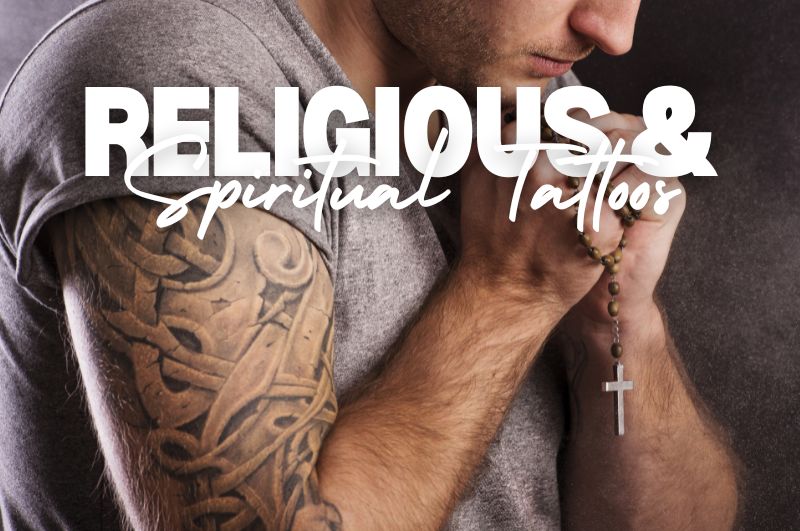
Buddhist tattoos often feature symbols like the ‘Unalome,’ which represents the path to enlightenment. These tattoos serve as spiritual reminders, guiding individuals on their journey toward spiritual awakening and inner peace.
Christian tattoos commonly include symbols such as the cross and the dove. The cross represents:
- Faith
- Sacrifice
- Salvation
The dove signifies peace and the Holy Spirit.
These tattoos express the wearer’s devotion and spiritual beliefs. Hindu tattoos frequently depict deities and spiritual symbols such as ‘Om’ and the lotus flower.
‘Om’ symbolizes the essence of the universe and spiritual awakening, while the lotus flower represents:
- Purity
- Beauty
- Spiritual enlightenment
Each of these reflects the deep spiritual significance of Hindu culture.
Symbolism and Significance of Japanese Tattoos
In Japanese tattoo culture, dragons symbolize wisdom, strength, and protection. They are revered as powerful, benevolent creatures that bring prosperity and guard against evil.
The koi fish is a symbol of perseverance and determination in Japanese tattoos.
According to legend, a koi fish that swims upstream and successfully scales the Dragon Gate waterfall transforms into a dragon, symbolizing triumph over adversity and relentless pursuit of goals.
Cherry blossoms represent the fleeting nature of life, beauty, and the brevity of existence. In Japanese culture, these tattoos remind the wearer to appreciate the beauty in life’s transient moments and to live in the present.
Traditional Samoan Tattoo Culture
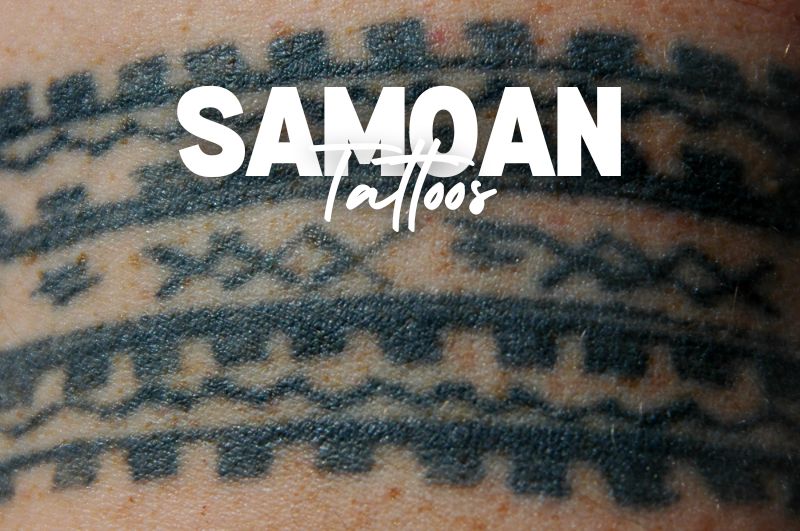
The Pe’a is a traditional male tattoo in Samoan culture, covering the body from mid-torso to the knees.
It symbolizes strength, endurance, and commitment to the community. Receiving a Pe’a is a significant rite of passage, marking the transition to manhood and demonstrating one’s dedication to cultural values.
The Malu is the traditional female tattoo in Samoan culture, covering the legs from the thighs to the knees.
It symbolizes respect, maturity, and adherence to cultural values. The Malu is a mark of a woman’s role in society and her commitment to upholding the traditions and responsibilities of her community.
